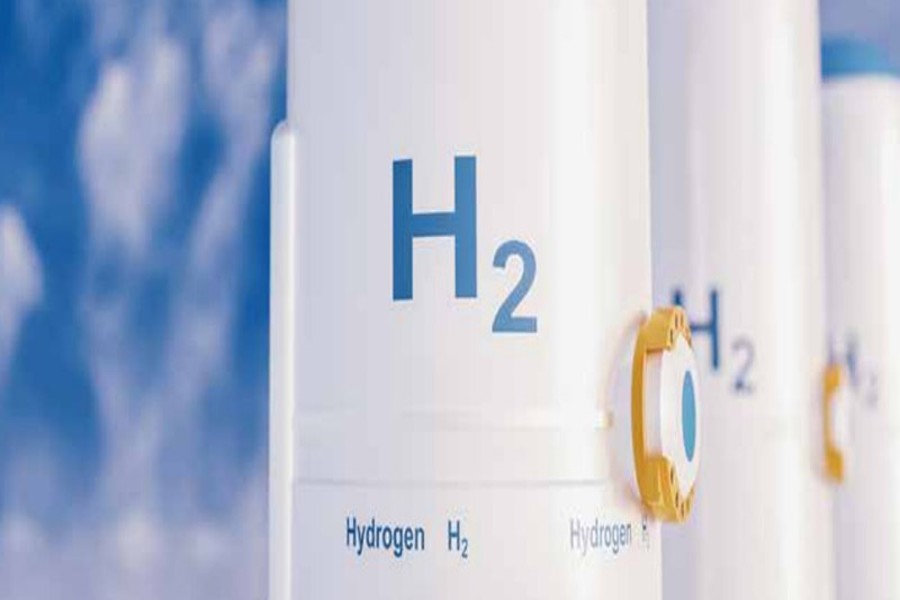Transforming Methanol into Hydrogen: A Sustainable Pathway for Clean Fuel Production
Paracelsus discovered hydrogen gas when he poured iron into sulfuric acid. Henry Cavendish described hydrogen as an element associated in the periodic table. Anton Lavoisier named the special symbol “hydrogen” in the 1780s. The word “hydrogen” refers to the combination of ‘hydro’ and ‘gen’. Hydro is synonymous with water, while ‘gen’ means production or generation. Hydrogen is the most important element in the universe. It makes up approximately seventy five percent of the Earth’s mass and 90% of its volume. However, there is very little hydrogen in the Earth’s atmosphere. This is because the diffusion of hydrogen is very high. It is the maximum amount of energy of a large unit; When burned in air, it produces clean air and usable materials or water. Nowadays, numerous methods of hydrogen production can be seen in our modern world.
Hydrogen emerges as a highly promising and eco-friendly energy source for the future, due to its versatility and cleanliness, positioning it as a significant player in the shift towards sustainable energy systems. Regardless of this dilemma, discovering efficient and environmentally pleasant ways for hydrogen production proves to challenge many. A pioneering method has been devised by scientists at the Indian Institute of Science Education and Research Tirupati aimed at extracting hydrogen from magnesium, offering a sustainable way to generate this crucially clean fuel. The importance of hydrogen in the field of clean energy can’t be emphasized enough. When employ, serves as potential alternatives to tradition colossal fuels, lead only to producing of water vapor!! Further, abundance in nature, particularly in non-eatable biomes and alcoholic derived from biological origins, make it captivating options for widespread adoption. Nevertheless, cost-effective and environmental impact of hydrogen production methods serve as crucial elements in evaluate its feasibility as mainstream energy source. Historically, traditional methods like steam methane reforming and chemical based electrolysis have been utilized for hydrogen production purposes. Steam methane reforming include reacting methane with high temperature steam yield hydrogen and carbon monoxide. Although effective, this process demands high energy and emissions released into the atmosphere!
Steam methane reforming is a highly endothermic reaction wherein the heat which is required for the reaction is supplied by means of burning the combustion of the methane, natural gas which is also acting as a fuel in the various burners. And combustion of that natural gas results into the high temperature which is required for the steam methane reforming reaction. Electrolysis involves disintegration of water into hydrogen and oxygen when there is an flow of electricity. It has drawbacks and challenges linked to energy consumption, greenhouse gas emissions, and costs.
The novel method, that was developed by scientists at the Institute of Indian Science Education and Research, Tirupati, combines catalytic conversion of magnesite to hydrogen under the ambient conditions. Unlike other methods traditional rely energy-intensive steps, this approach offers a cost-effective and environmentally conscious alternatives. Scientists have managed to speed up a reaction to extract hydrogen from methane in conditions using a rhodium catalyst that is readily available. Advancement in new hydrogen production method will enhance energy efficiency and promote sustainability.
In the synthesis process, methane does not only act as a precursor to hydrogen but also undergoes compound transformation that is highly diverse. Also methane has several other possible uses and it is notable in the manufacture of certain commodities as well as drugs. Additionally, it shows ways to solve challenges associated with hydrogen production in the energy sector smear ballness in this sentence. Help create an environment where there are numerous possibilities in the energy sector such as hydrogen production and processing since this method is already in place.
The conversion of methane, into hydrogen through processes represents a step forward in the quest for cleaner energy sources. The groundbreaking work carried out by researchers at the Indian Institute of Science Education and Research in Tirupati not offers methods for hydrogen production but also opens up new avenues for utilizing methane effectively.
As the shift towards reducing reliance on fuels and embracing renewable alternatives gains momentum these advancements highlight the crucial role of science and technology, in driving positive transformations. Ongoing exploration and creativity are paving the path towards an eco sustainable future for future generations to inherit.
Source:
- https://abhinandhka.blogspot.com/2024/05/transforming-methanol-into-hydrogen.html
- https://www.methanol.org/wp-content/uploads/2020/04/Renewable-methanol-to-Green-Hydrogen-final-1.pdf
- https://www.bitsathy.ac.in/hydrogen-from-methanol-a-route-for-sustainable-development-goal/

